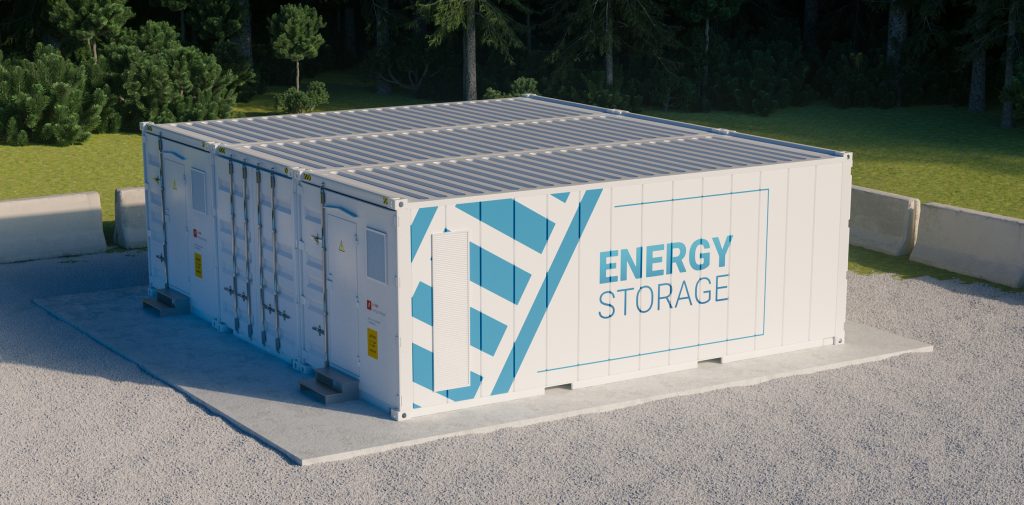Why lease or sell your land?
Leasing your property to GSP for solar or battery storage development can create a passive and predictable income stream for up to 30+ years. These steady revenues can mitigate impacts of agricultural commodity price swings, avoid the need to renegotiate shorter-term land leases, and help keep land ownership with your family.
During the lease or purchase option’s initial term, landowners can typically continue their existing activities uninterrupted while providing GSP occasional access for environmental and other surveys. During the construction and operational terms of the lease, GSP is responsible for all construction and operational activities, permit compliance, and eventually decommissioning the project and restoring the site at the end of its life. GSP also covers increases to property taxes associated with constructing improvements or changing land use.

Local Communities
GSP makes long-term commitments to the communities in which we work. We strive to be good neighbors during all phases of planning and development, creating win-win relationships built on trust and integrity. GSP works collaboratively with local county or town leadership, permitting bodies, tax authorities, and fire departments to ensure the project is a successful investment for all parties.
Frequently Asked Questions
GSP uses dozens of criteria to screen sites for solar or BESS feasibility. The most promising sites are relatively flat, close to transmission infrastructure, and avoid floodplains, wetlands, and threatened and endangered species habitat.
Projects have four different phases: development, construction, operations, and decommissioning. During development, GSP conducts environmental and other studies, obtains permits, receives permission to interconnect into the electrical grid, completes engineering work, and negotiates contracts to sell the project’s power output. During construction, contractors and equipment suppliers will build the project, typically creating hundreds of local jobs. During operations, remote and on-site technicians will operate the project, monitor project performance, and conduct required maintenance. Solar projects have an expected operating life of 30+ years, and BESS projects typically operate for 15 – 20 years. Finally, once projects reach the end of their useful lives, equipment is dismantled, removed from site, and often recycled. Land is restored to its prior state.
GSP views communities and landowners as our most valuable long-term partners. Solar and BESS projects can generate tens of millions of dollars in land lease and property tax revenues over the course of a project’s life. These revenues grow local economies and provide funding for schools, police and fire departments, and other municipal services. Projects also create local jobs during both construction and operations.
Once construction is completed, you may not even see it! Often, solar or BESS projects are shielded from view by visual barriers, such as fences or vegetation. Solar panels are installed in rows mounted to the ground. The batteries that comprise BESS projects are often held in shipping containers placed on site, or in a building holding multiple sets of batteries.
Solar and BESS projects are very quiet. BESS projects emit noise from their HVAC systems, and are no louder than other commercial buildings. Solar projects emit a faint hum from their inverter equipment, though only during the day when the sun is shining and the project is producing energy.
Today's BESS technologies have gone through rigorous testing and certification by bodies like Underwriters Laboratory (UL) for safety and fire risk. Projects are installed with a suite of safety systems, including climate controls, ventilation, software management systems to control performance and monitor battery health, fire suppressions systems, and setbacks from neighboring buildings or vegetation. Those safety features are governed by safety standards like UL 9540, and by codes issued by the National Fire Protection Association or International Fire Code, depending on the jurisdiction. Additionally, GSP ensures that local fire officials and other first responders are adequately trained to respond in the unlikely event of a fire, keeping themselves and their communities safe.
We have decades of combined experience working for long-term owners of renewable energy projects. We use our “owner’s mindset” at GSP to develop projects that will create ongoing value for all our stakeholders. We’ve seen the negative impacts that can occur when developers don’t communicate honestly, make promises they can’t keep, or take a “one and done” approach to interactions. At GSP, the needs and goals of local communities and customers inform all our development decisions. We pride ourselves on developing quality projects, building lasting relationships, and doing repeat business.



